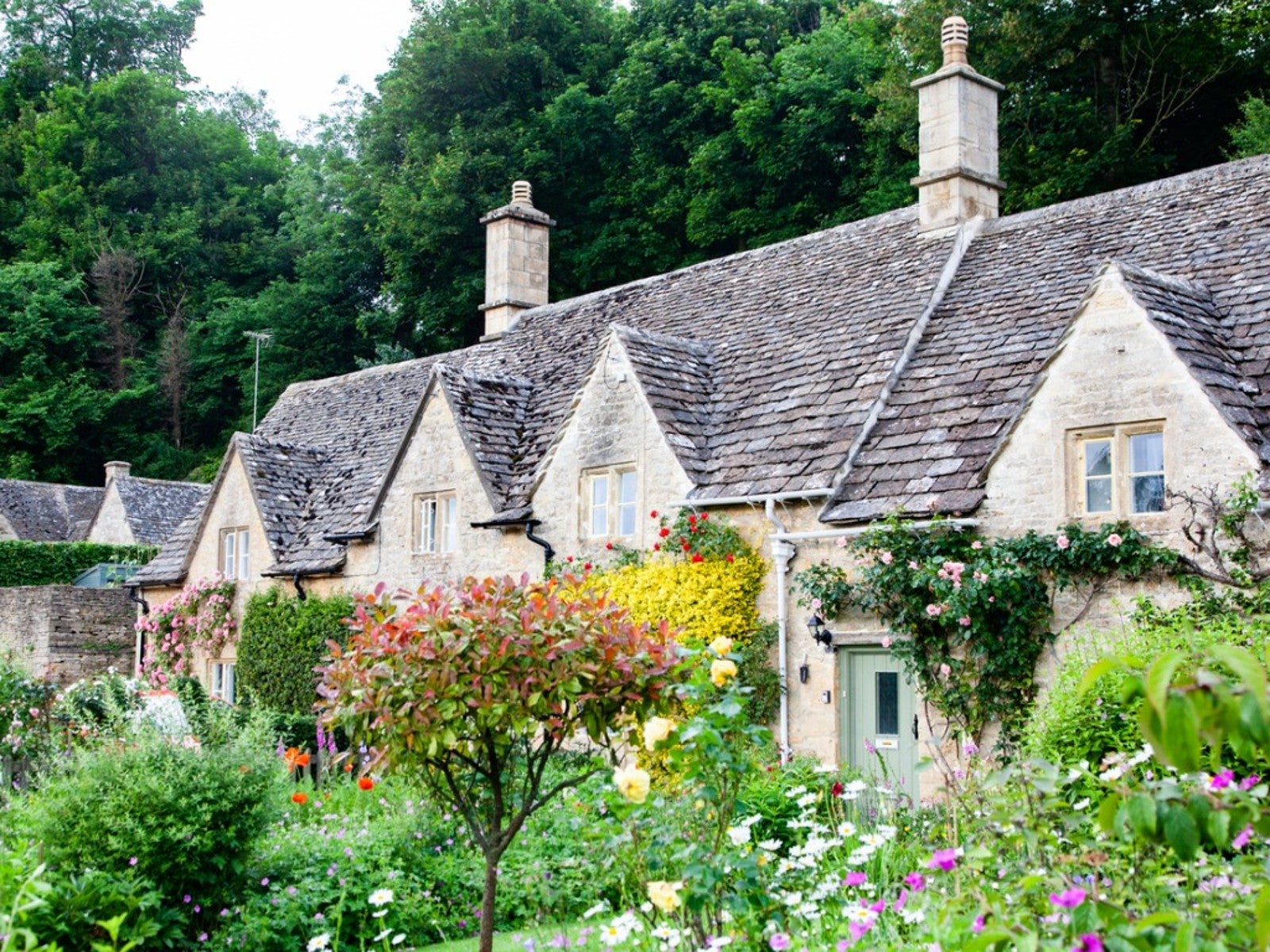How To Grow A Cottagecore Flower Garden


Cottagecore gardening is a popular aesthetic that brings a charming essence to the landscape. A cottagecore garden is simply one where various plants, fruits, vegetables, and especially flowers reside. It is not a manicured space, but instead relies upon its variety and bounty to lend whimsy to the garden. Cottagecore plants are generally smaller and feature local flora paired with edible crops.
The cottage garden lends itself to images of English countrysides and farmhouse landscaping. The concept wouldn't be valid without cottagecore flowers, which are essential to the plan. The informal design is perfect for setting off small homes, but can also be used in a grander estate. Cottagecore design relies upon different colors and textures that work together creating a moving, living space.
Planning a Cottage Garden
The most important part in planning a cottagecore garden is plant selection. No matter where the area is situated, plants selected need to accommodate the soil, lighting, and other cultural needs provided by the site. Plants are generally grouped together closely so that when they are mature, the garden is a sea of movement, texture, and color. Most cottagecore plants are smaller, and trees are seldom featured in the design. The exception would be dwarf fruit trees which add some dimension and provide food for bees. Cottagecore flowers are a key element. They were originally just wildflowers planted to attract pollinators, but graduated to classics such as roses. The garden is often walled off by attractive fences or stone walls. There may also be bird feeders and baths, walkways, arbors or trellises, and seating.
The Elements of Cottagecore
While the design may seem arbitrary, there still needs to be planning. Consider how large plants will get, which will spread, and how tall everything will become. The main rules of cottage gardens are:
- Composition or grouping
- Harmony
- Focal point
- Proportion
- Balance
- Texture
- Sight line
- Color
- Flow from each item
This may seem like an impossible set of rules, but basically they simply mean the whole garden should work together to produce a pleasant view and useful plants. There should be peaceful energy in the space with gentle movement and lush color.
Plants for the Cottage Garden
Perennials feature prominently in the cottagecore garden. But self seeding annuals, bulbs, vegetables, fruiting plants, and ornamental bushes, are also part of the design. Evergreen shrubs will ensure some color even after flowering plants have died back or lost their leaves. A small tree will add a vertical focal point. Vines draped dramatically over a retaining fence continue the feeling of movement and lushness. Cottagecore flowers are without doubt the most know feature of such gardens:
- Wildflowers
- Lupine
- Sweet Pea Vine
- Witch Hazel
- St. John's Wort
- Foam Flower
- Roses
- Passion Flower Vine
- Ornamental Kale
- Chrysanthemum
- Goldenrod
- Blueberries
- Strawberries
- Hydrangea
- Tickseed
- Camellia
- Lilies
- Hollyhock
- Zinnia
- Lavender
- Herbs - Thyme, Rosemary, etc.
- Bulbs
Sign up for the Gardening Know How newsletter today and receive a free copy of our e-book "How to Grow Delicious Tomatoes".

Bonnie Grant is a professional landscaper with a Certification in Urban Gardening. She has been gardening and writing for 15 years. A former professional chef, she has a passion for edible landscaping.